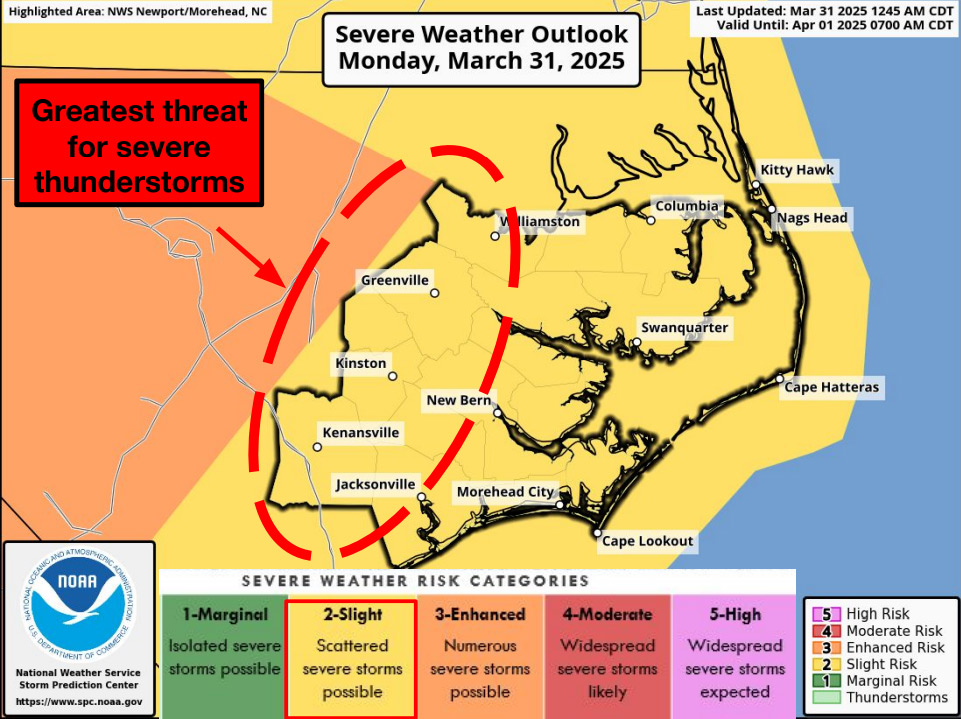Night Sky: Orionid Meteor Shower, Veil Nebula, and More Highlights for October
What’s behind the Veil?
Thousands of years ago, there was a massive super-nova explosion in the constellation, Cygnus. The remnants of that explosion formed a nebula called the Cygnus Loop. It looks like this:

Cygnus Loop is about 120 light years across and has a magnitude of +5. It is believed to be about 20,000 light years away from us. The Cygnus Loop is also called the Veil Nebula. The left-most filament of the Veil is commonly known as the Eastern Veil, the central part is the Central Veil and, the right most part is the Western Veil.
The Veil was first recorded by William Herschel in 1784.
Both the Eastern and Western Veil deserve a closer look, so here they are:


What to look for in October’s night skies.
Saturn, Jupiter and Mars are still featured in our night skies. Saturn and Jupiter are both visible as soon as the skies get dark, but Mars does not rise until about 10:30 p.m.
The Orionid Meteor Shower with peak on October 21. Best viewing will be from 3:00 to 6:00 a.m.. The shooting stars will appear to originate from the constellation Orion in the Eastern sky.
Moon Phases:
1st Quarter is October 2
Full Moon is October 9
Last Quarter is October 17
New Moon is October 25
















